Feeding your gadgets disposable batteries is like burning cash. When you buy a 24-pack, and it’s gone.
Rechargeables are the smart, eco-friendly move. But the market is confusing, and a bad purchase won't even power your devices.
We're here to help you find the best rechargeable batteries and charger systems. And will show you how to stop wasting money and get the right power for the right device.
Table of Contents
- EBL's Top Picks for 2025
- The #1 Mistake: Why Do Your 1.2V Rechargeables Fail in 1.5V Devices?
- How to Choose the Best AA Rechargeable Batteries for Your Gadgets
- What Makes the Best Charger for Rechargeable AA Batteries?
- Why You Need Rechargeable Batteries with a Charger
- EBL's Top 3 Recommendations
- Make the Switch and "Recharge, Don't Discard"
- FAQ
EBL's Top Picks for 2025
If you’re in a hurry, here are the top-line recommendations from our EBL engineering team.
- Best for High-Power Devices: EBL 1.5V Constant-Voltage Li-ion AA Batteries
- Best All-Around Value: EBL 1.2V "Ready-to-Use" NiMH AA Batteries
- The Ultimate Smart Charger: EBL Independent Channel Charger
These picks are great, but why do we recommend two different types of batteries?
The answer to that question is the single most important thing you need to know before you buy.
The #1 Mistake: Why Do Your 1.2V Rechargeables Fail in 1.5V Devices?
Here’s a scenario we see all the time: You buy a new pack of rechargeable batteries, charge them up, and put them in your new VR controller.
An hour later, the controller warns you that the batteries are low.
Sound familiar?
The "1.2V Problem" Most Brands Don't Talk About
Most standard rechargeable AA batteries are NiMH (Nickel-Metal Hydride), with a nominal voltage of 1.2V. However, the disposable alkaline batteries your device was designed for are 1.5V.
Why Your Game Controller, Camera, or Smart Lock Hates 1.2V Batteries
For many low-drain devices like a TV remote, that 0.3V difference doesn't matter.
But high-drain, high-tech gadgets are different.
Smart door locks, camera flashes, and game controllers are programmed to see 1.5V as "full."
When their voltage drops to, say, 1.1V, they trigger a "low battery" warning.
A 1.2V NiMH battery starts just above that warning and quickly drops to its stable 1.2V platform.
Your device thinks the battery is dead, even though it's 90% full. This is incredibly frustrating.
The Solution: 1.5V Constant-Voltage Li-ion Batteries
EBL engineered 1.5V Lithium-ion batteries with an internal step-down circuit. This technology delivers a constant 1.5V for the entire discharge cycle.
Your device gets the full power it needs from 100% charge down to 1%. It won't shut off early, giving you a massive performance boost in high-drain electronics.
The first step in choosing the best AA rechargeable batteries and charger isn't looking at capacity; it's matching the battery type to your device.
How to Choose the Best AA Rechargeable Batteries for Your Gadgets
Picking the right battery all comes down to your device. We've broken it down into two simple categories.
For High-Drain Devices (VR Controllers, Flashes, Smart Locks): Go for 1.5V Li-ion
If you're powering high-tech, "power-hungry" gear, you need maximum performance.
- What this includes: Digital cameras, game controllers (Xbox, VR), smart locks, and camera flashes.
- What to buy: 1.5V Li-ion batteries.
- Why: These devices need that full 1.5V to work correctly. Our 1.5V Li-ion batteries provide constant, fade-free power, so your camera flash recycles faster and your game controller won't die prematurely.
For Low-Drain Devices (TV Remotes, Clocks, Toys): 1.2V NiMH is Your Reliable Workhorse
For most everyday household items, you don't need the maximum voltage. You just need reliability.
- What this includes: TV remotes, wall clocks, wireless mice, and kids' toys.
- What to buy: 1.2V NiMH batteries.
- Why: These devices are perfectly happy with 1.2V. Our "Ready-to-Use" NiMH batteries are the workhorses of the battery world. They are affordable, can be recharged hundreds of times, and have a low self-discharge rate, meaning they'll hold their power for months when not in use.
Decoding Capacity: mAh vs. mWh (And What Really Matters)
You'll see two ratings: mAh (milliampere-hours) and mWh (milliwatt-hours). Here’s the simple breakdown.
- mAh (milliampere-hours): This measures current over time. It's great for comparing batteries of the same voltage. A 2800mAh NiMH battery will last longer than a 2300mAh NiMH battery.
- mWh (milliwatt-hours): This measures energy (Voltage x Current). This is the only way to accurately compare batteries with different voltages.
A 1.2V, 2500mAh NiMH battery has 3000mWh of energy (1.2 x 2500). A 1.5V, 2000mAh Li-ion battery also has 3000mWh of energy (1.5 x 2000). They have the same total energy, but the Li-ion delivers it at the higher, stable voltage your high-drain device needs.
Once you've matched your battery to your device, you need to protect that investment. That brings us to the most overlooked part of the equation: the charger.
What Makes the Best Charger for Rechargeable AA Batteries?
Let's be blunt: A bad charger will ruin your good batteries. We've seen it thousands of times. A great charger isn't just a power cord; it's a battery maintenance station.
"Dumb" vs. "Smart" Chargers
A "dumb" charger is any charger that forces you to charge batteries in pairs. These chargers can't read each battery's voltage individually. They just pump power into two slots at once.
Why is this bad?
No two batteries are ever exactly the same. One might be at 40% while the other is at 10%.
The "dumb" charger just charges until the first battery is full, leaving the other one undercharged.
Or, it overcharges one to get the other full.
Either way, this imbalance damages your batteries and dramatically shortens their lifespan.
The Must-Have Feature: Independent Charging Channels
A "smart" charger is the solution. The most important feature to look for is independent charging channels.
This means each battery slot operates by itself.
The charger's built-in "brain," like EBL PROCYCO technology, analyzes each battery individually. It sends the exact amount of power that that specific battery needs.
This ensures every battery is charged fully and safely, without over- or under-charging its neighbors.
Safety First: Why You Need Overcharge and Overheat Protection
A good charger is also a safe charger. As battery engineers, we build multiple layers of protection into EBL chargers. You should never buy a charger that doesn't have, at a minimum:
- Overcharge Protection: Automatically stops the current when a battery is full.
- Temperature Monitoring: Prevents the battery from overheating during charging.
- Reverse-Polarity Protection: This prevents damage if you accidentally put a battery in backward (it happens to us all).
Why You Need Rechargeable Batteries with a Charger
The easiest way to guarantee you get it right is to buy a matched set. We call this the "Power Couple" approach, and it's the core of finding the best rechargeable batteries with a charger combo.
How a Cheap Charger Destroys Your Expensive Batteries
A cheap, generic charger doesn't know your battery's specific chemistry or capacity. It's highly likely to use the wrong charging current, leading to overheating, swelling, or a drastically shorter lifespan. You're simply not getting what you paid for.
Why a Matched Set Maximizes Battery Lifespan
When you buy a complete kit, you're buying a system that our engineers designed to work together perfectly.
EBL chargers with PROCYCO technology are calibrated to the exact specifications of EBL batteries. This matched system ensures a few things:
- It's Safe: The charger provides the perfect voltage and current, with temperature monitoring to prevent overheating.
- It's Fast: It charges at the quickest safe speed for that specific battery model.
- It Maximizes Life: It guarantees you'll get the maximum number of charge cycles possible, protecting your investment.
It completely removes the guesswork.
EBL's Top 3 Recommendations
We're hands-on with these products every day. Here are the top 3 EBL solutions we recommend that cover 99% of all household needs.
1. The Power User's Choice: EBL 1.5V Constant-Voltage AA Li-ion Batteries
This is our premium solution for your most demanding electronics. This battery solves the "1.2V Problem" we discussed.
Inside is a powerful 3.7V Li-ion core paired with an intelligent internal chip. That chip delivers a perfectly constant 1.5V of power from the first shot to the last.
For your Xbox controller, smart door lock, or camera flash, this means no more fake "low battery" warnings.
You get full, fade-free power until the battery is depleted. They support over 1,000 charge cycles and deliver higher total energy (up to 3000mWh in an AA) than most disposables.
This is the upgrade your high-tech gear has been waiting for.
2. The Reliable Workhorse: EBL 1.2V Low Self-Discharge (LSD) AA NiMH Batteries
For most of your everyday household items, like kids' toys, wireless mice, and TV remotes, this is your go-to battery.
These are our "Ready-to-Use" models, engineered with advanced Low Self-Discharge (LSD) technology.
Unlike older rechargeables you might remember, these hold their charge for months (or even a year) in storage.
They offer a fantastic cycle life (over 1200 recharges) and provide incredible value. They are the eco-friendly "workhorse" battery that saves you money and reduces waste.
Just charge them up, and they'll be ready when you need them.
3. The Brains of the Operation: EBL Smart Universal LCD Charger
A battery is only as good as its charger. This is the "brain" that protects your investment.
EBL smart chargers are built with an internal IC and independent charging channels. This means you can charge one battery or more, and each one gets its own individual, perfect charge.
The clear LCD screen shows the real-time status of each battery. Most importantly, it’s packed with safety features, including overcharge, short-circuit, and temperature protection, to ensure every charge is safe and efficient.
It’s the one charger you need for all your rechargeable batteries.
For the best value, check out our complete battery and charger kits.
With the right gear in hand, you're ready to make the switch for good.
Make the Switch and "Recharge, Don't Discard"
Making the switch from disposable batteries is one of the easiest ways to save money and reduce environmental waste.
The secret isn't just buying any rechargeable battery; it's buying the right system.
Match the battery to your device: EBL reliable 1.2V NiMH for everyday items and the powerful 1.5V Constant-Voltage Li-ion for your high-tech gear.
And always—always—pair them with a smart, independent-channel charger to protect your investment and get the most out of every cycle.
We've been engineering batteries since 1998. This isn't just a product for us; it's our expertise. We're committed to our core mission: "More power, less pollution".
It's time to stop discarding and start recharging.
FAQ
Should you leave rechargeable batteries on the charger all the time?
No, you should not leave batteries on the charger indefinitely, even with a smart charger. Once fully charged, batteries should be removed to prevent overcharging, which can reduce their overall lifespan and performance.
What is the 80/20 rule for charging batteries?
The "80/20 rule" is a guideline primarily for Lithium-ion batteries, suggesting you keep the charge level between 20% and 80% to maximize cycle life by reducing chemical stress. For NiMH batteries, a full charge is perfectly fine, but you should always avoid "over-discharge," which is letting the voltage drop to zero.
Which is better, AAA Li ion or NiMH?
Neither is universally "better," as they are built for different jobs. 1.5V Li-ion AAAs are the best choice for high-power, voltage-sensitive electronics (like smart sensors). 1.2V NiMH AAAs are the reliable, high-value workhorse for everyday low-drain devices like TV remotes, mice, and clocks.

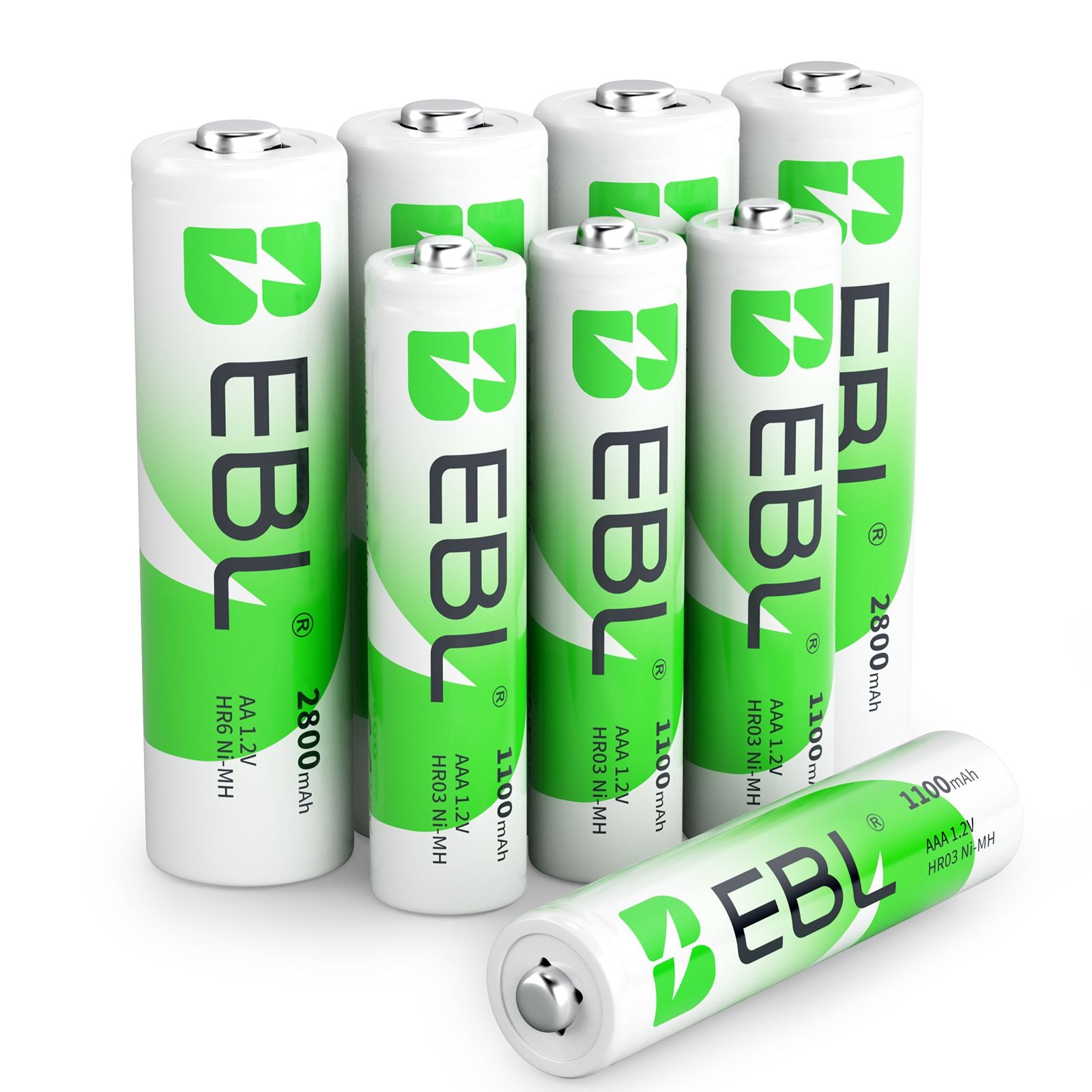

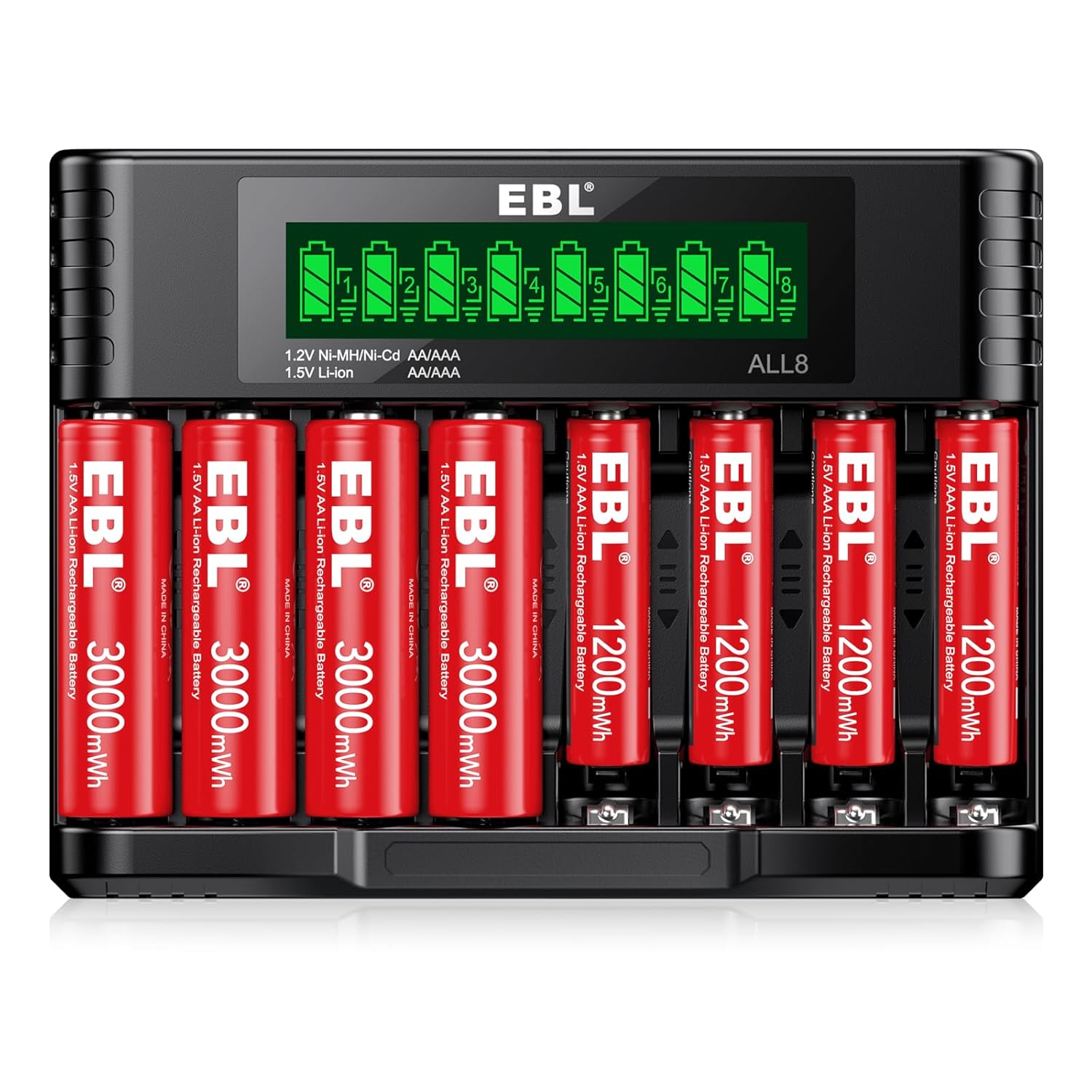

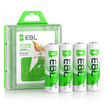
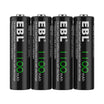
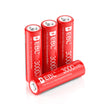

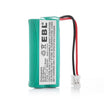
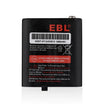
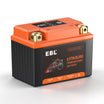
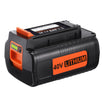

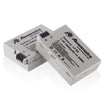


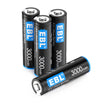

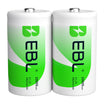

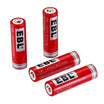

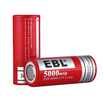

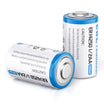
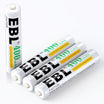
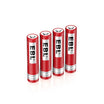
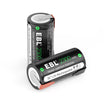


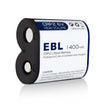
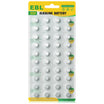





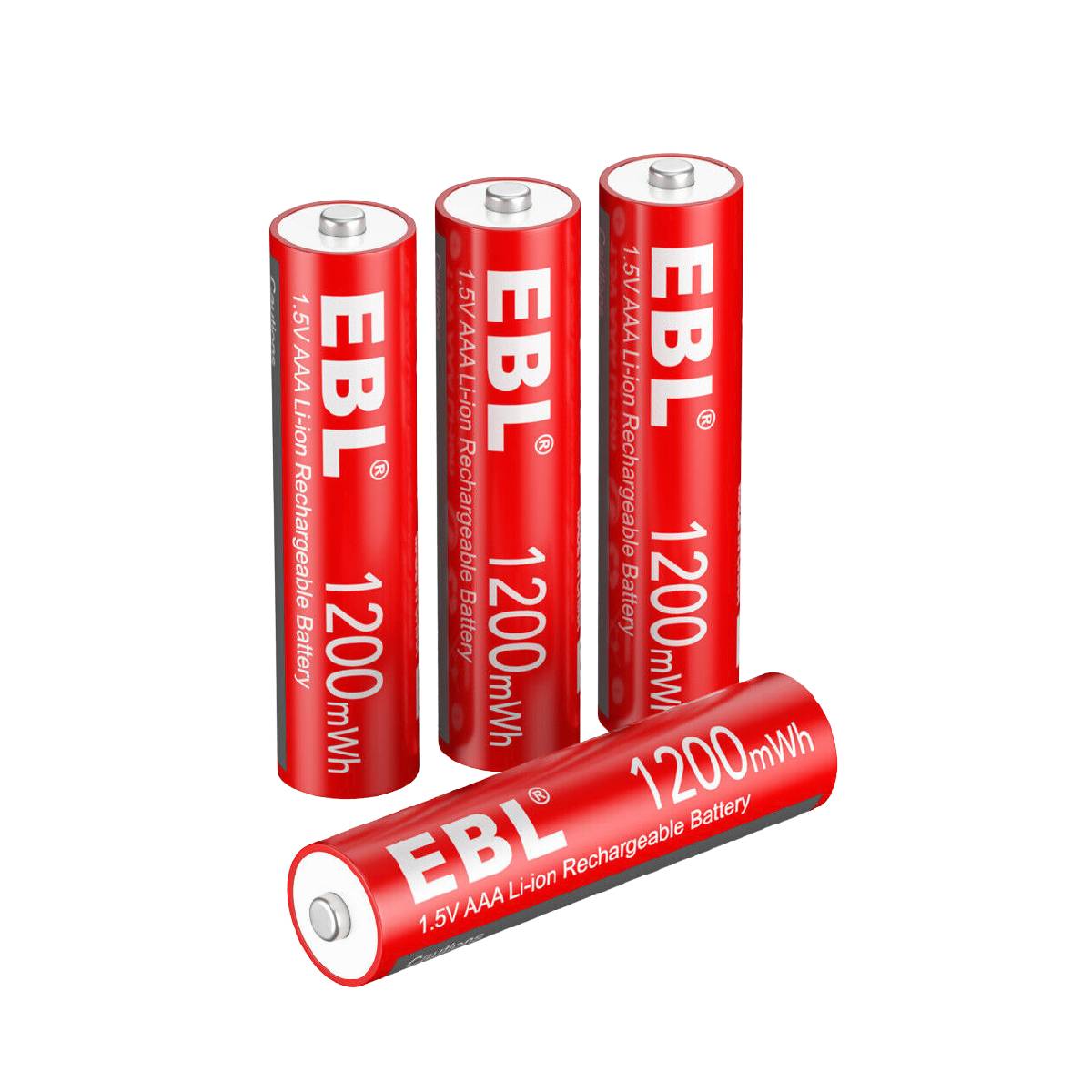
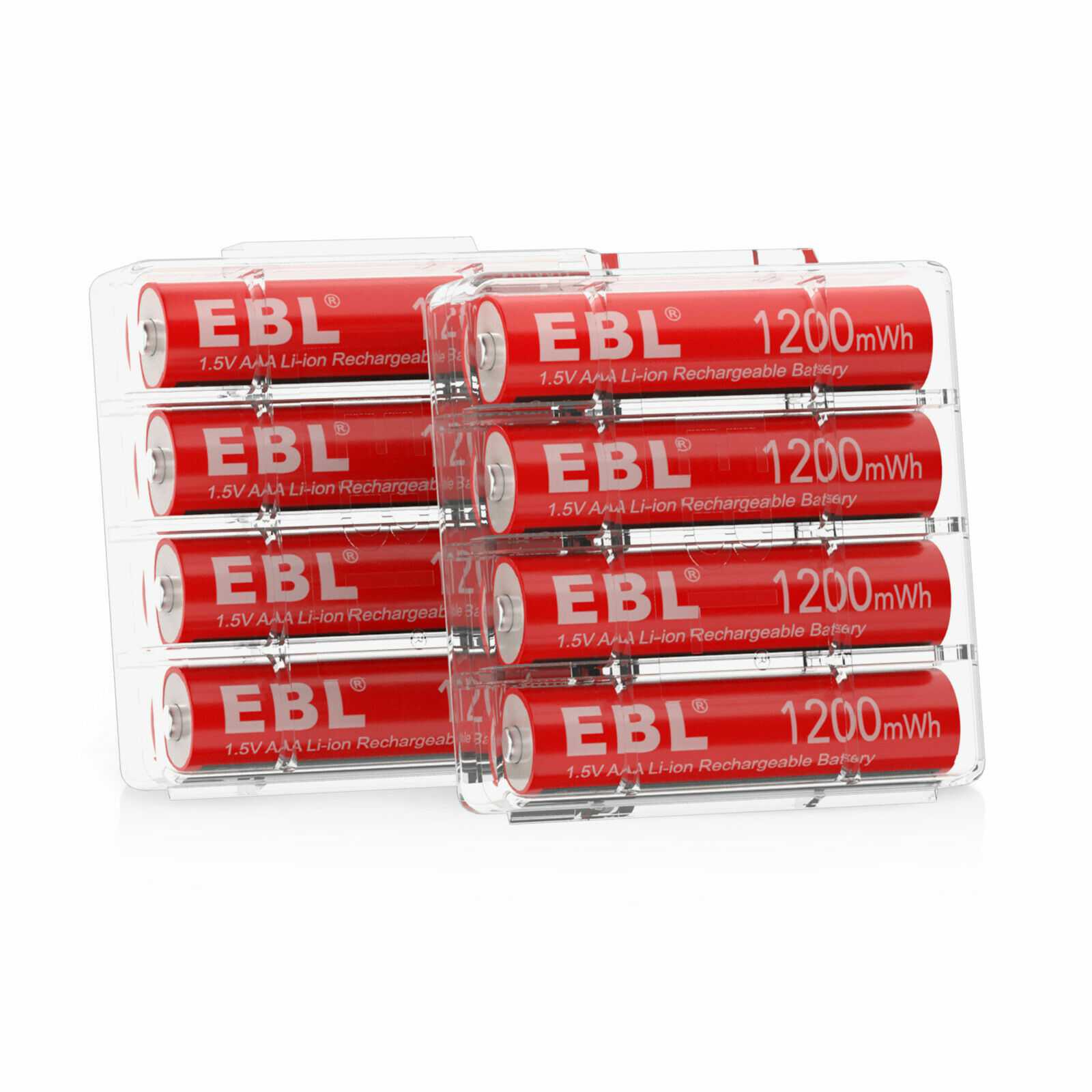
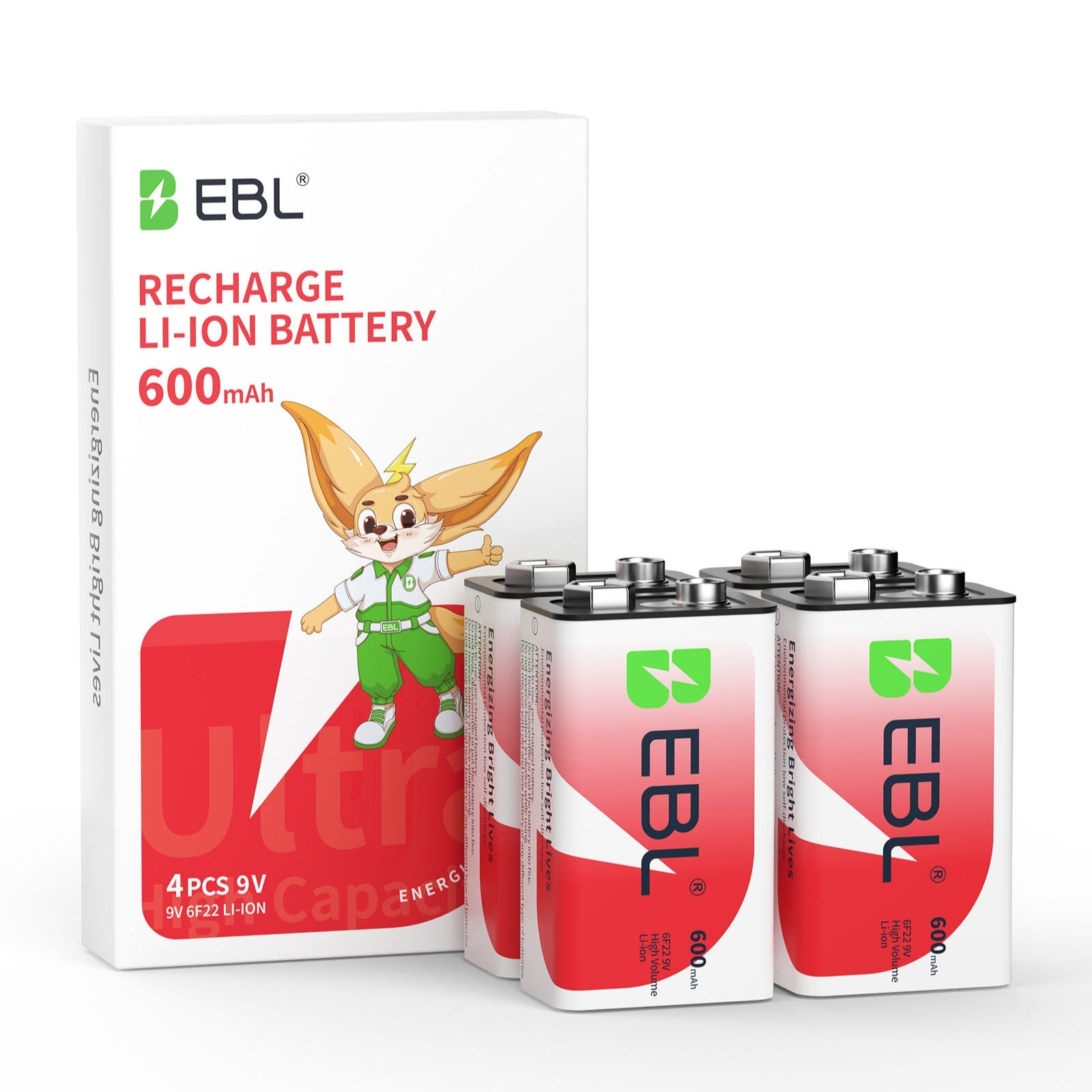
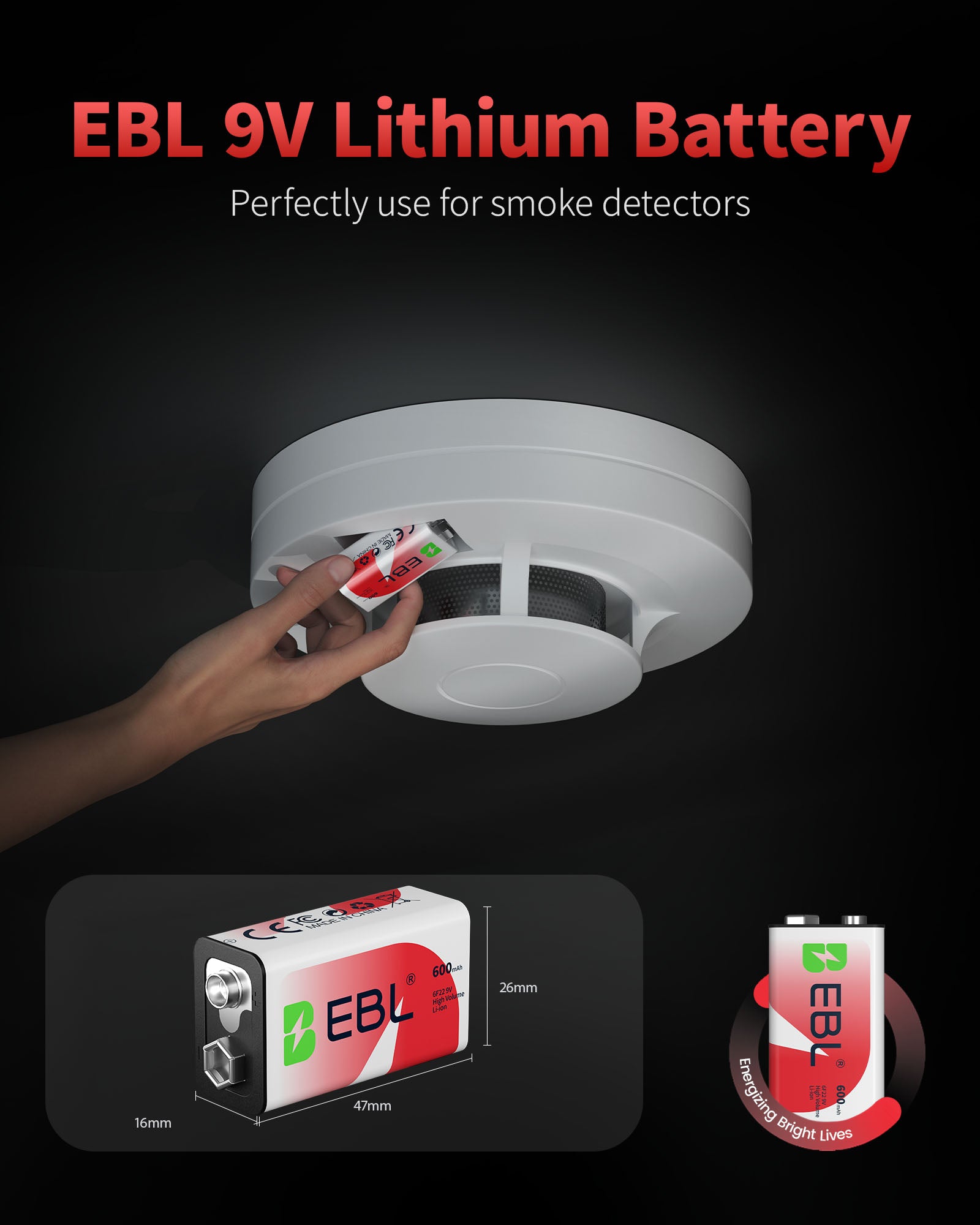
Leave a comment
All comments are moderated before being published.
This site is protected by hCaptcha and the hCaptcha Privacy Policy and Terms of Service apply.